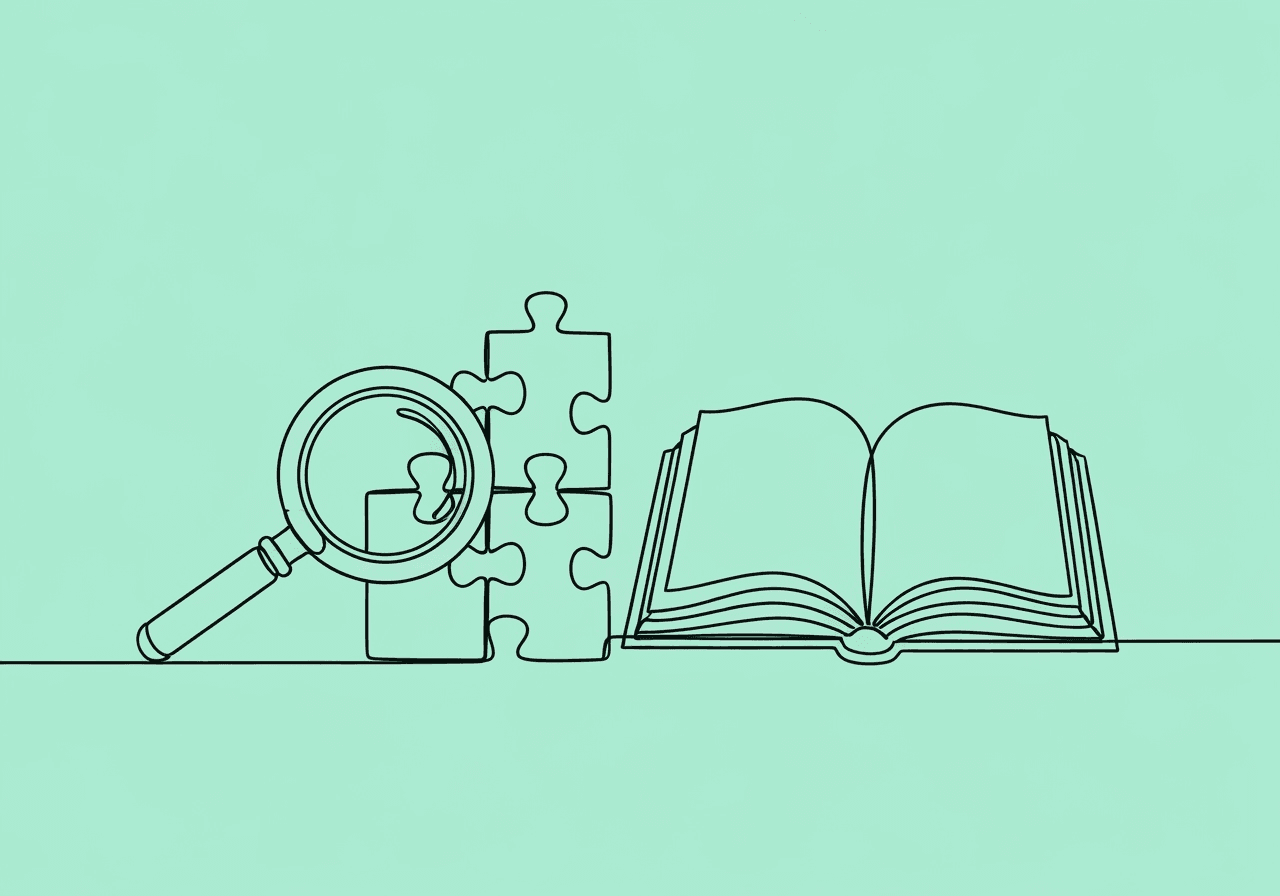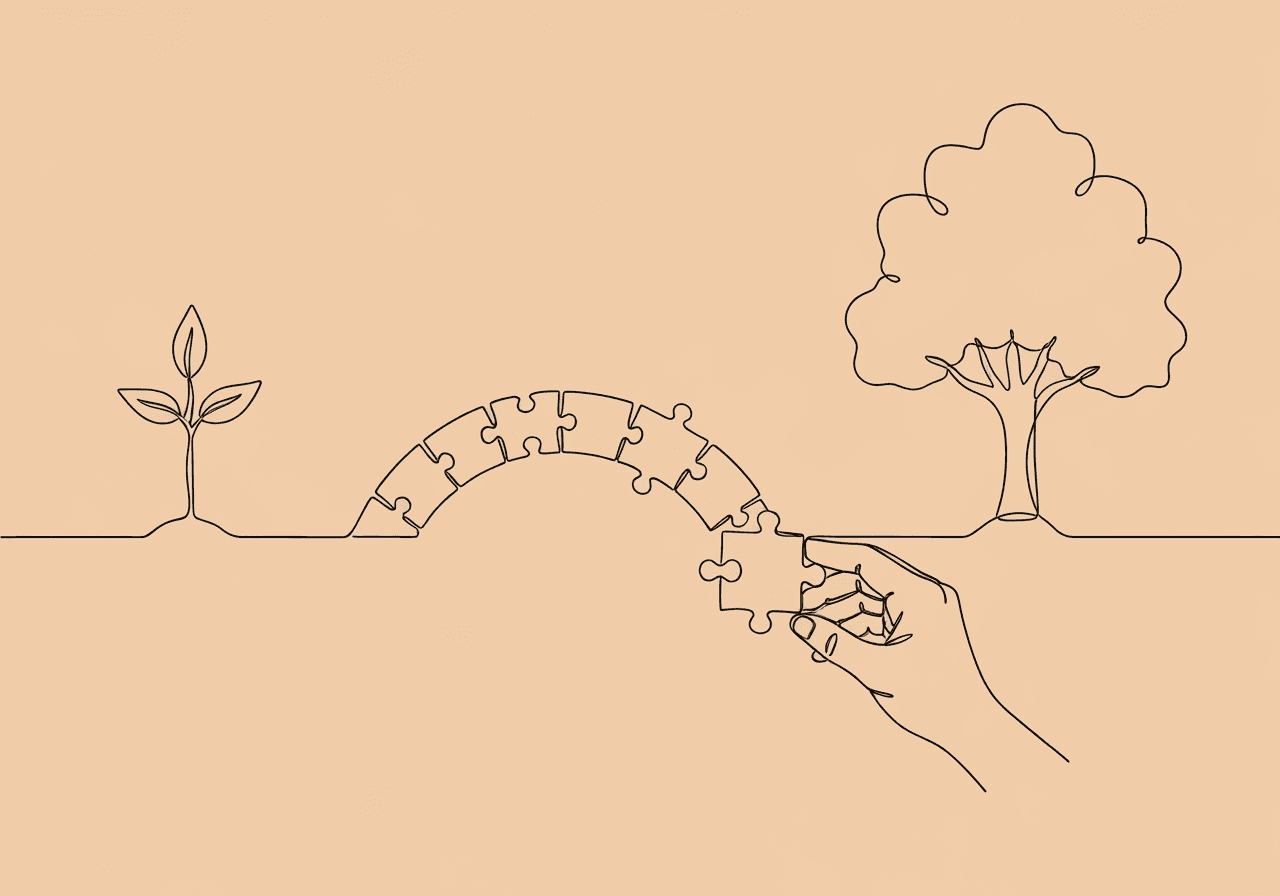RBT Social Skills Data Documentation: A Beginner's Guide

RBT Social Skills Data Documentation: A Beginner's Guide
Social skills form the foundation of meaningful connections, yet capturing progress in these nuanced behaviors can feel like chasing shadows for Registered Behavior Technicians (RBTs). Unlike straightforward actions like hand-raising, social interactions involve subtle cues, timing, and reciprocity—making RBT social skills data documentation a blend of art and science. As an RBT or BCBA working in ABA therapy, you know accurate documentation drives effective interventions and compliance with standards like those from the Behavior Analyst Certification Board (BACB).
This guide empowers you to move beyond basic metrics like frequency or duration. You'll discover why social skills demand specialized approaches, explore three key measurement methods, learn to craft objective narratives, and get tips for collaborating with your BCBA. By the end, you'll have actionable tools to track and support client growth in real-world settings.
Key Takeaways
- Shift from simple counts to multidimensional tools like rubrics for deeper insights into social progress.
- Use task analysis to break down skills into steps, tracking independence with prompts.
- Apply generalization checklists to ensure skills transfer across settings and people.
- Write objective session notes that tie actions to goals for BCBA analysis.
- Collaborate by sharing clear data promptly to align with ethical standards.
The Shift in Measurement: Moving Past Simple Frequency/Duration for Social Goals
Frequency and duration work well for discrete behaviors, like counting instances of sharing toys. But social skills, such as interpreting facial expressions or sustaining a conversation, are fluid and context-dependent. These behaviors often involve chains of responses influenced by peers, environments, and emotions—making them resistant to simple counts.
In ABA best practices, traditional methods often overlook the quality and functionality of social exchanges, leading to incomplete progress tracking. For more on ABA therapy benefits, see Brighter Strides ABA resources. Instead, shift to multidimensional tools that capture complexity. This ensures your data reflects true skill acquisition, aligning with BACB guidelines for ethical, evidence-based practice.
For instance, a client might initiate a greeting frequently, but does it lead to engagement? Advanced methods reveal these gaps, promoting generalization and independence. Integrating these shifts enhances your documenting social skills ABA efforts, providing clearer paths for intervention adjustments.
RBT Social Skills Data Documentation with Rubrics
Social skills rubrics RBT professionals rely on offer a structured way to score multifaceted behaviors. These tools break down skills like turn-taking or emotional expression into observable levels, typically on a 3-point scale: emerging (basic attempt), developing (partial success with prompts), or proficient (independent execution).
How to Use Rubrics in Sessions
RBTs use rubrics during sessions by observing the client in natural interactions, such as playgroups. For example, rate "maintaining eye contact" based on duration and appropriateness—did the child hold gaze while responding, or only briefly? Document the score post-session, noting prompts used and environmental factors, as outlined in The Autism Helper's rubric framework.
Tracking Progress Over Time
This method supports progress tracking over time, with total scores graphed to visualize trends. According to Ambitions ABA, rubrics ensure objectivity, reducing bias in documenting social skills ABA. Customize them to client goals, like focusing on cooperation for school settings, to make data actionable for BCBAs.
- Benefits: Provides qualitative depth alongside quantitative scores.
- Implementation tip: Pair with video reviews for accuracy.
- Common categories: Greetings, conversations, group play, and empathy.
For more on general strategies, check ABA Generalization Strategies for Home.
Task Analysis for Component Skills in RBT Social Skills Data Documentation
Task analysis shines for dissecting social skills rubrics RBT into sequential steps, ideal for chaining behaviors like greetings. Start by identifying the full skill—say, "greeting a peer"—then break it into components: approach, make eye contact, say hello, wait for response, and smile.
Documenting Each Step
As an RBT, document each step's mastery during sessions. Use a checklist to note independence (0-100% across trials), prompts required (e.g., verbal or gestural), and errors. For a greeting chain, if the client masters eye contact but skips waiting, target that step with modeling and reinforcement.
Building Fluency with Chaining
Golden Steps ABA emphasizes forward or backward chaining to build fluency, ensuring steps flow naturally. Track data daily, calculating percentage completion to monitor acceleration toward independence. This approach, rooted in ABA principles, reveals where breakdowns occur, guiding targeted teaching.
- Steps to implement:
- Observe baseline performance.
- Teach one step at a time with prompts.
- Probe full chain weekly.
- Fade supports as mastery hits 80-90%.
Refer to Mastering RBT A-6: Observable and Measurable Terms for precise behavior definitions.
Generalization Checklists and Probes for Lasting Social Skills
Once skills emerge, generalization checklist ABA tools verify if they transfer beyond therapy—crucial for social behaviors that must adapt to new people or places. These checklists list target skills (e.g., sharing) and probe them in varied contexts: home with family, school with teachers, or community outings.
Conducting Probes in Natural Settings
RBTs conduct probes by setting up natural opportunities, like recess, and scoring occurrence without teaching. Document yes/no for each criterion, plus notes on setting, people involved, and prompt levels. For example, did the client share toys unprompted with a sibling at home? Track over multiple sessions to assess consistency.
Promoting Durability
As per Heartwise Support, generalization plans include multiple exemplars and self-monitoring to promote durability. If data shows limited transfer, introduce variations during teaching. This method, supported by BACB ethical standards for functional outcomes, ensures skills endure.
- Key elements to track:
- Across settings (clinic vs. park).
- With different people (peers vs. adults).
- Over time (weekly probes).
- Maintenance (post-mastery checks).
Explore family integration in ABA Generalization Strategies for Home.
The Session Note Narrative: Writing an Objective Narrative for Complex Social Interactions
Session notes must capture the essence of social dynamics without subjective fluff. Focus on observable facts: what the client did, said, and responded to, tying back to goals like "initiates conversation with 80% independence."
Structuring Your Notes
Structure your narrative with the "who, what, when, where, why, and how." For a group play session: "Client X approached peer Y during free play (setting: classroom, 10:15 AM). X said, 'Want to build?' and handed a block after Y nodded. Interaction lasted 2 minutes; X maintained turn-taking with minimal verbal prompt." Avoid opinions like "seemed happy"—stick to actions.
Incorporating Data and Compliance
Include data from rubrics or checklists here, noting trends or barriers, such as distractions. As SimplePractice guidelines suggest, this objectivity aids BCBA analysis and billing compliance (e.g., CPT 97153). Use templates for efficiency, ensuring HIPAA security.
For a full checklist, see RBT Session Note Checklist: Compliance Essentials.
Tips for BCBA Collaboration: Ensuring Data Meets BCBA's Analytical Needs
Strong RBT-BCBA partnerships hinge on data that informs decisions. Share raw notes promptly, highlighting patterns—like rubric score improvements or generalization gaps—without interpretation, letting your BCBA analyze.
Aligning with the Behavior Plan
Align documentation with the behavior plan: use shared terms, graph data weekly, and flag anomalies (e.g., regression in probes). Attend supervision meetings prepared with questions, such as "Does this task analysis need refinement?" BACB's Ethics Code (2022) stresses clear communication for client welfare.
Building Feedback Loops
Incorporate feedback loops: if your BCBA requests more context on social cues, adapt notes accordingly. This collaboration boosts intervention fidelity and client outcomes, as noted in professional resources like the BACB Handbook.
- Best practices:
- Submit data within 24 hours.
- Use digital tools for real-time sharing.
- Request training on new methods quarterly.
Frequently Asked Questions
How do RBTs document progress in social skills interventions?
RBTs document progress using tools like rubrics and checklists to track skill levels and independence. Focus on observable behaviors, such as response to cues, with data collected via direct observation. According to Ambitions ABA (2023), regular graphing shows trends, enabling adjustments—social skill building in ABA.
What are the key components of a social skills rubric in ABA therapy?
Rubrics include categories like greetings, turn-taking, and emotional expression, rated on scales from emerging to proficient. They provide measurable criteria for complex responses. The Autism Helper (2023) outlines how these break down skills for data-driven progress—using rubrics for social skills data.
How does task analysis help in teaching social skills in ABA?
Task analysis divides skills into steps, like eye contact then greeting, taught sequentially with prompts. It builds chains for fluency. Golden Steps ABA (2024) notes fading prompts ensures independence—explore chaining techniques.
Why are generalization checklists important for social skills in ABA?
These checklists verify skills apply across settings and people, promoting real-world use. They track criteria like consistency without prompts. Heartwise Support (2023) emphasizes probes for durability—skill generalization strategies.
How should ABA session notes address complex social interactions?
Notes describe antecedents, behaviors, and consequences objectively, including prompt levels and outcomes. SimplePractice (2024) recommends tying to goals for analysis—ABA notes guidelines.
What BACB guidelines apply to social skills data collection?
BACB's Ethics Code (2022) requires accurate, confidential data to assess progress. Use methods like ABC recording for social patterns, ensuring ethical compliance—official Ethics Code.
In wrapping up, effective RBT social skills data documentation transforms vague interactions into clear pathways for growth. By embracing rubrics, task analyses, and generalization probes, you capture the full spectrum of social progress, aligning with evidence-based ABA practices from sources like the BACB and specialized therapy guides.
For your practice, start by auditing current notes for objectivity—add one new method this week, like a rubric trial. Collaborate closely with your BCBA to refine goals, and review data monthly for trends. These steps not only meet compliance but empower clients to thrive in social worlds, fostering independence and joy in everyday connections. At Praxis Notes, we're here to support your documentation journey with tools that make a difference.
Popular in ABA Session Notes & Tools
- 1
RBT Supervision Documentation: 2025 BACB Guide & Templates
1,8149 min read - 2
Master ABA Medical Necessity Documentation: Avoid Denials
8629 min read - 3
Master ABA SOAP Notes: Guide for RBTs & BCBAs
7999 min read - 4
ABA Documentation Best Practices for RBTs: Essential Tips
7975 min read - 5
Guide to ABA Progress Reports for Insurance Reauthorization
6248 min read
Popular in ABA Session Notes & Tools
- 1
RBT Supervision Documentation: 2025 BACB Guide & Templates
1,8149 min read - 2
Master ABA Medical Necessity Documentation: Avoid Denials
8629 min read - 3
Master ABA SOAP Notes: Guide for RBTs & BCBAs
7999 min read - 4
ABA Documentation Best Practices for RBTs: Essential Tips
7975 min read - 5
Guide to ABA Progress Reports for Insurance Reauthorization
6248 min read
Related Resources
Explore more helpful content on similar topics

ABA EMR vs EHR Guide for BCBAs: Key Differences
Explore ABA EMR vs EHR differences tailored for BCBAs. Learn how specialized ABA documentation software excels in data collection, while EHR boosts interoperability for comprehensive care. Discover tips to select the ideal system for your practice today.

Voice-to-Text ABA Documentation: Save Time & Stay Compliant
Discover voice-to-text ABA documentation to save time and ensure HIPAA compliance. Learn dictation tips for RBTs and BCBAs, step-by-step workflows, and best practices to reduce burnout and enhance session notes.

Documenting Skill Generalization in ABA: RBT Guide
Learn how to document skill generalization in ABA effectively as an RBT. This guide details key components, step-by-step session notes, and compliance tips to ensure funding success and avoid common pitfalls.